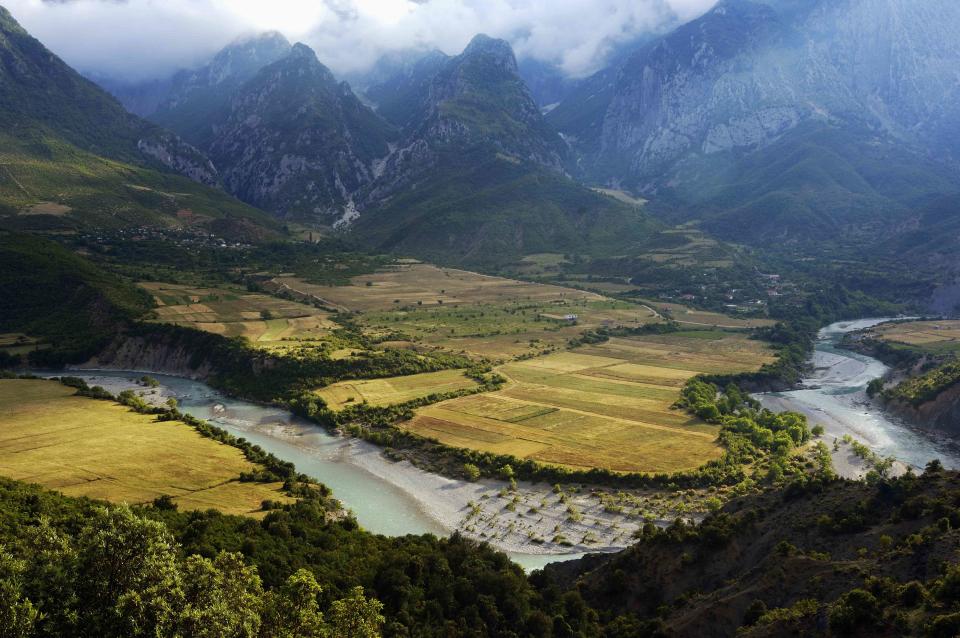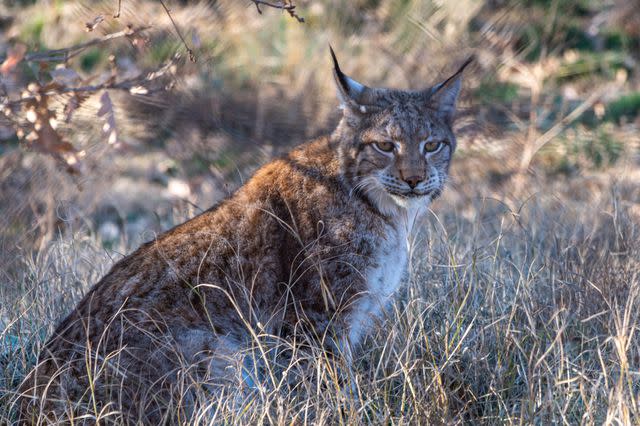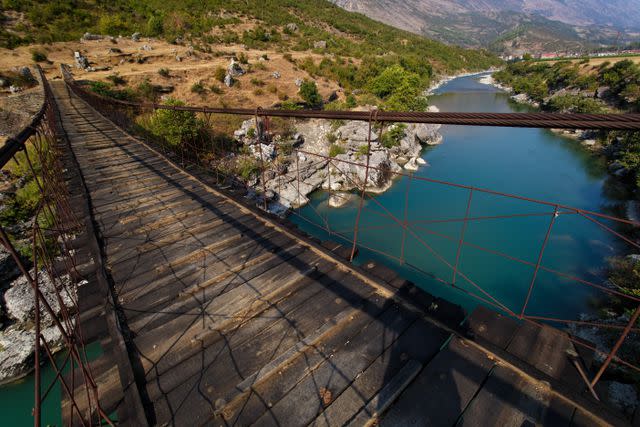Europe's Last Wild River 'Protected Once and For All' with National Park Designation
Albania moves to the forefront of river protection by making the Vjosa River the first wild river national park in Europe.

For years, environmental NGOs, the clothing company Patagonia, and even a few celebrities (hi, Leo) have been campaigning for the protection of the Vjosa River. As one of the last wild rivers in Europe, the Vjosa is host to more than 1,100 animal and plant species—including 13 animal species and two plant species assessed as globally threatened by IUCN (International Union for Conservation of Nature). And like most rivers, its delicate ecosystem has been under threat from human interference.
In the rush for green energy, at one point, as many as 45 hydropower plants were planned across the region, portending a dismal fate for the species that call the river home.
But now, in a historic action by Albania, the Vjosa has been declared the first wild river national park in Europe. In creating the 31,500-acre (12,727-hectare) protected area, the action puts the small Balkan country at the front of river protection.
The Mighty Vjosa
The Vjosa winds its way for 168 miles from the Pindus mountains in Greece to Albania's Adriatic coast. It is considered one of Europe's last wild big rivers because, somehow, it has been spared manmade barriers—namely, it has no dams or power stations. Among its rich biodiversity, it is home to otters, the endangered Egyptian vulture, and the critically endangered Balkan lynx, of which, by some accounts, no more than 10 remain in Albania, and 40 remain in total.

Albania’s prime minister, Edi Rama, described the creation of the national park as a “truly historic moment” for nature, but also for social and economic development, adding that national parks attract 20% more tourists compared with non-protected areas.
“Today we protect once and for all the only wild river in Europe,” Rama said. “This is about to change a mindset. Protecting an area does not mean that you enshrine it in isolation from the economy.”

As explained by IUCN:
Gaining IUCN Category II National Park status means the Vjosa will be afforded protection, to the highest international standards, ensuring its ecological integrity, allowing natural processes to occur, and sustaining populations of all native species. The designation will take place in two phases, with Phase I being declared ... 15 March 2023:
In Phase I, the active channel of the river will be given National Park status, plus some lands and river vegetation within the active channel, or at risk of flooding or erosion – over 400km in total length. The area will be managed as a National Park and is expected to be fully operational by early 2024.
Phase II, in the coming years, will add other free-flowing tributaries and areas that are integral to the river’s ecosystem, plus some private land, following consultation with stakeholders.
"Vjosa is a symbol of human history and also a very important part of the history of our country," said Mirela Kumbaro Furxhi, Albania's Minister of Tourism and Environment, at a 2022 ceremony to sign a commitment to create Vjosa Wild River National Park.
"Maybe Albania does not have the power to change the world, but it can create successful models of protecting biodiversity and natural assets and we are proud to announce the creation of this first National Park on one of the last wild rivers in Europe."
With this beauty of a wild river protected forever—and hopefully serving as an inspiration to other governments—maybe Albania does have the power to change the world after all.
Read Next:8 Threatened Rivers Around the World

